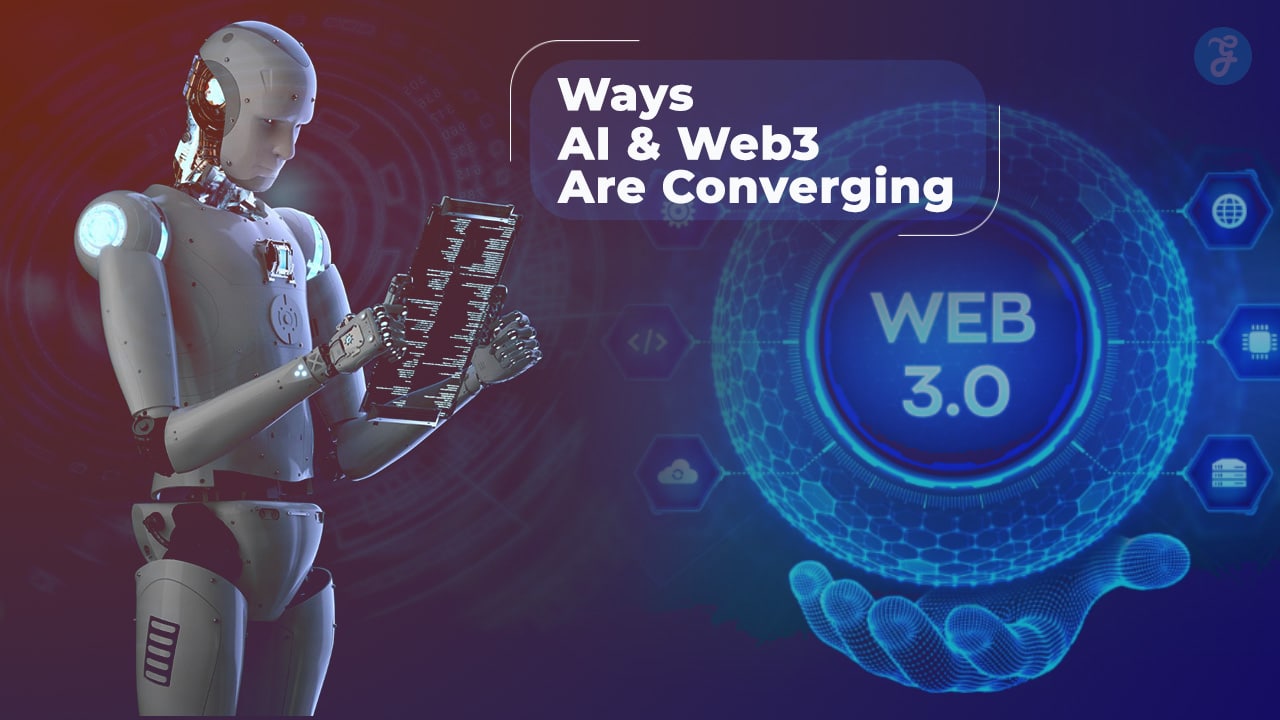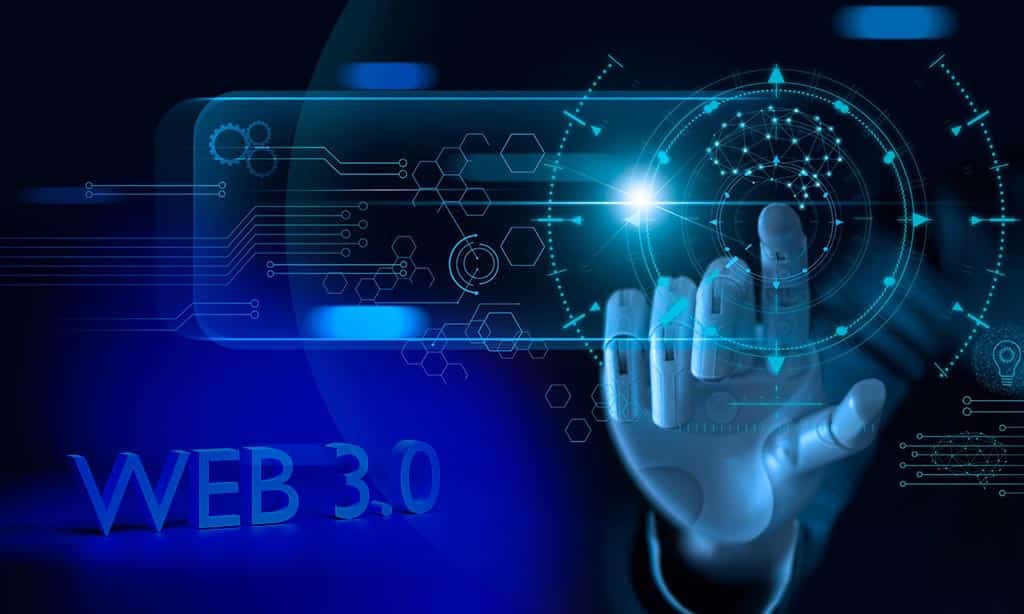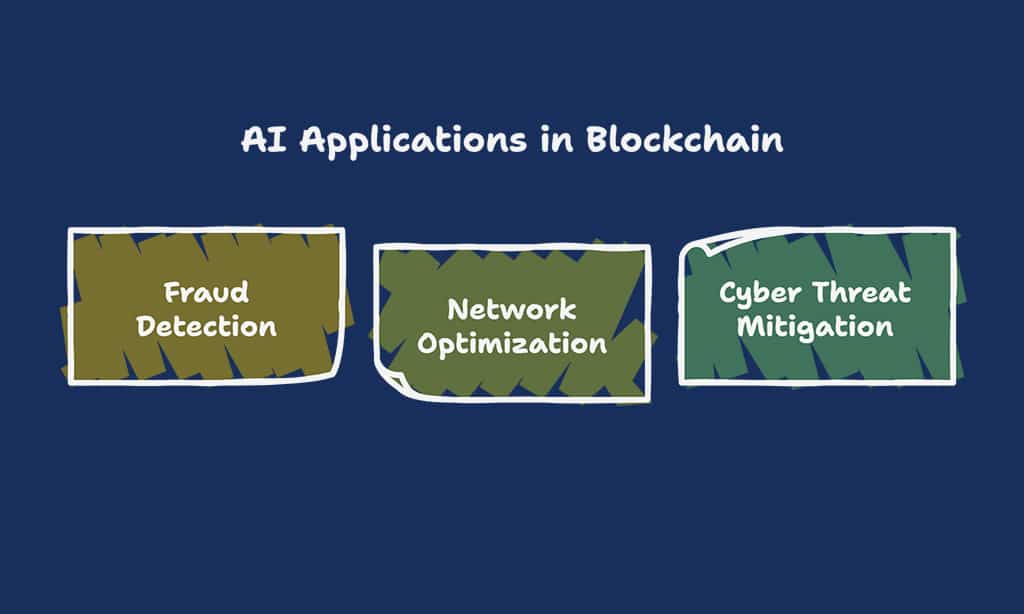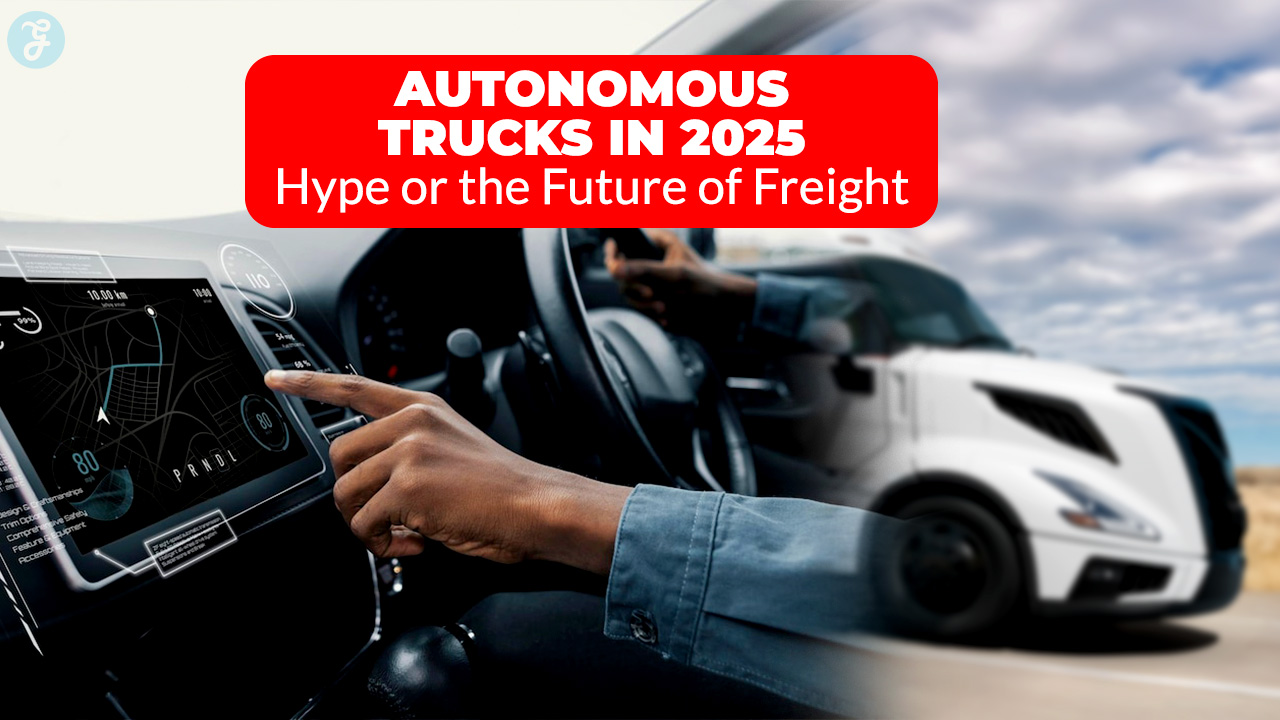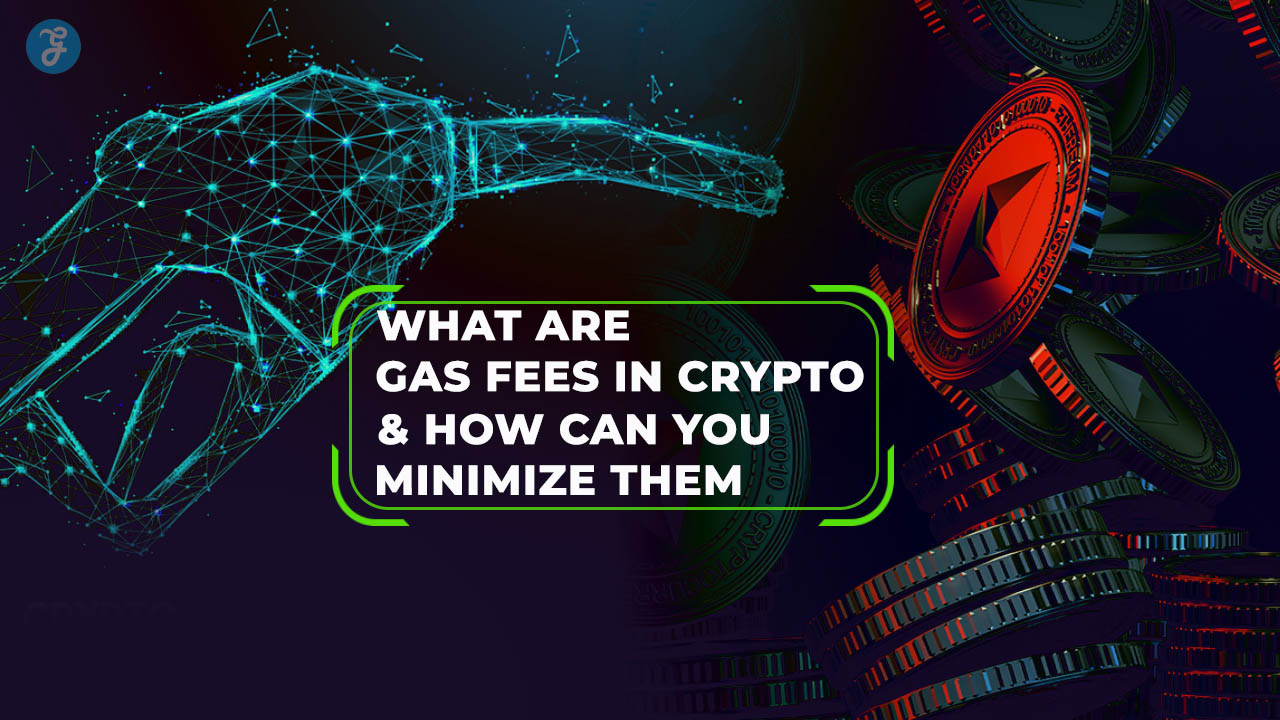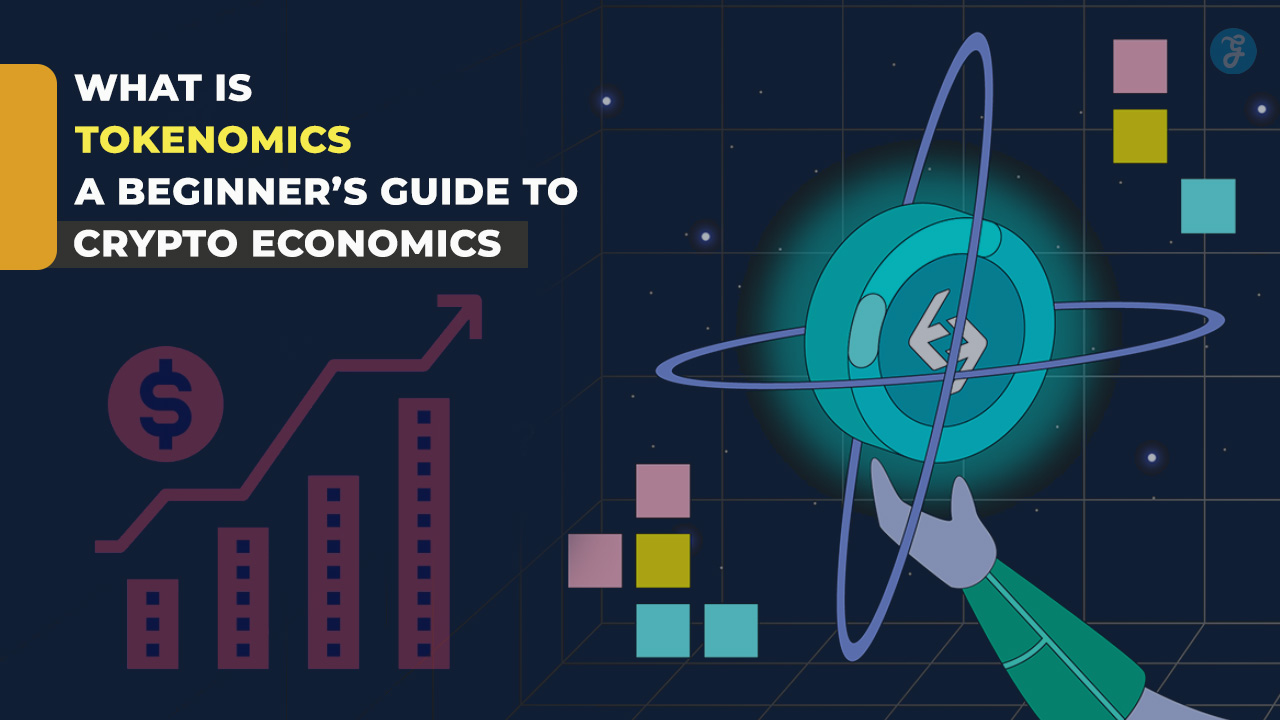Artificial Intelligence (AI) and Web3 are two of the most transformative technologies of the modern era. While AI focuses on automation, decision-making, and data-driven insights, Web3 represents the decentralized internet built on blockchain technology.
The convergence of AI and Web3 is reshaping industries, enhancing security, and democratizing digital interactions.
As these two technologies merge, they create powerful synergies that drive innovation in decentralized finance (DeFi), smart contracts, NFTs, security, and beyond. This article explores 7 ways AI and Web3 are converging and shaping the future of technology.
Understanding AI and Web3
The convergence of AI and Web3 is reshaping digital landscapes by integrating intelligence with decentralization. AI enhances automation and data-driven decision-making, while Web3 provides transparency, security, and digital ownership. This powerful combination is setting new standards for the future of technology.
What is AI?
Artificial Intelligence (AI) is the simulation of human intelligence in machines. It enables automation, pattern recognition, natural language processing, and decision-making. AI includes machine learning (ML), deep learning, and neural networks, allowing systems to learn and improve from data without explicit programming.
What is Web3?
Web3 is the decentralized internet powered by blockchain technology. Unlike Web2, which relies on centralized servers and intermediaries, Web3 promotes peer-to-peer transactions, digital ownership, and transparency. Key features of Web3 include smart contracts, cryptocurrencies, NFTs, and decentralized applications (dApps).
How AI and Web3 Complement Each Other
- Scalability: AI helps optimize blockchain networks for better speed and efficiency.
- Security: AI enhances fraud detection and network security in decentralized environments.
- Automation: AI-powered smart contracts streamline transactions and governance.
- Decentralization: AI models can be distributed on blockchain, ensuring fair monetization and accessibility.
7 Ways AI and Web3 Are Converging
As AI continues to evolve and blockchain technology expands its reach, the intersection of these two revolutionary domains is creating new opportunities across industries. The integration of AI and Web3 is set to redefine automation, decentralization, and security, making digital interactions more intelligent and efficient.
1. AI-Driven Smart Contracts
Smart contracts are self-executing agreements coded on blockchain that execute transactions automatically when predefined conditions are met. AI enhances smart contracts in several ways by making them more adaptive, secure, and efficient.
By integrating AI, smart contracts can process complex data inputs, predict contract execution scenarios, and optimize operations dynamically. This convergence reduces the risk of fraudulent transactions and ensures seamless execution in various industries, including finance, supply chain, and healthcare.
- Predictive Execution: AI analyzes transaction data to anticipate contract outcomes.
- Fraud Prevention: AI detects malicious behavior and enhances contract security.
- Automated Optimization: AI-powered smart contracts adapt based on real-time data.
Example: AI-driven insurance contracts adjust premiums dynamically based on real-world events.
2. Decentralized AI Marketplaces
Web3 enables decentralized AI marketplaces where developers can monetize AI models without relying on big tech companies. These marketplaces allow AI developers to share, sell, and collaborate on AI solutions while maintaining control over their intellectual property.
By eliminating intermediaries, AI creators receive fairer compensation and more transparent revenue models. Additionally, decentralized AI marketplaces foster innovation by enabling open-source collaboration, ensuring that AI models remain accessible and verifiable to the broader community.
Benefits include:
- Fair Compensation: Developers get direct rewards for AI contributions.
- Data Privacy: Users control their data instead of surrendering it to centralized AI providers.
- Transparent AI Models: Blockchain ensures AI models remain tamper-proof and verifiable.
Example: SingularityNET is a decentralized AI marketplace allowing anyone to access and share AI algorithms.
3. AI for Enhanced Blockchain Security
As AI and Web3 continue to merge, the integration of artificial intelligence into blockchain security is becoming a game-changer. AI-driven systems are enhancing the resilience of decentralized networks by predicting, detecting, and mitigating security threats in real time. By leveraging
machine learning, anomaly detection, and automated response mechanisms, AI is strengthening the security infrastructure of Web3 applications.
AI plays a crucial role in securing blockchain networks:
- Fraud Detection: AI identifies suspicious transactions in DeFi platforms.
- Network Optimization: AI adjusts blockchain consensus mechanisms to enhance scalability.
- Cyber Threat Mitigation: AI detects and prevents hacking attempts on Web3 applications.
| Security Challenge | AI-Powered Solution |
| 51% Attacks | AI-driven network monitoring |
| Phishing Scams | AI-based anomaly detection |
| Sybil Attacks | AI-enhanced identity verification |
4. AI-Powered Decentralized Finance (DeFi)
The fusion of AI and Web3 is transforming the financial sector through decentralized finance (DeFi). AI enhances DeFi by introducing automation, risk assessment, and efficiency in financial transactions.
By leveraging machine learning algorithms, AI-powered DeFi platforms analyze market trends, optimize asset management, and detect fraudulent activities in real-time. This synergy ensures greater transparency, security, and accessibility within financial ecosystems.
DeFi platforms use AI to optimize financial operations:
- Risk Assessment: AI analyzes market trends to prevent high-risk investments.
- Automated Trading Bots: AI executes trades based on predictive analytics.
- Personalized Financial Services: AI customizes DeFi lending and borrowing rates.
Example: AI-driven DeFi lending platforms offer dynamic interest rates based on market conditions.
5. AI in NFT Creation and Management
The convergence of AI and Web3 is unlocking new possibilities in the NFT ecosystem. AI is enhancing the creation, verification, and trading of NFTs by making digital assets more intelligent and interactive. With AI-generated content and blockchain-backed provenance, NFTs are becoming more dynamic, ensuring greater transparency, authenticity, and engagement in digital art and collectibles.
AI and Web3 are revolutionizing the NFT space:
- AI-Generated Art: AI creates unique digital assets stored on blockchain.
- Metadata Verification: AI ensures NFT authenticity and prevents counterfeiting.
- Automated Pricing: AI evaluates market demand to set fair NFT prices.
Example: DeepAI-powered NFT collections generate dynamic digital artwork that evolves over time.
6. AI for Web3 Content Moderation and Curation
As AI and Web3 converge, content moderation and curation are becoming more sophisticated and decentralized. AI-driven systems help maintain the integrity of Web3 platforms by filtering spam, detecting misinformation, and ensuring unbiased content distribution.
Unlike traditional platforms that rely on centralized control, Web3 utilizes AI to create transparent and fair moderation mechanisms powered by blockchain technology.
Web3 social platforms require AI-driven moderation to maintain quality content:
- Fake News Detection: AI flags misinformation in decentralized news platforms.
- Spam Prevention: AI filters harmful content in Web3 forums and social media.
- Decentralized Recommendations: AI personalizes content discovery in a censorship-resistant way.
Example: AI-powered Web3 platforms curate unbiased news by analyzing verified blockchain sources.
7. AI-Powered Metaverse and Virtual Worlds
The rapid advancement of AI and Web3 technologies is transforming the way we interact in virtual spaces. AI-driven virtual environments are becoming more immersive, intelligent, and decentralized, offering users a more engaging and personalized experience. By leveraging blockchain for ownership and AI for automation, the metaverse is evolving into a more dynamic and interactive ecosystem.
The AI-Web3 convergence is fueling the metaverse revolution:
- Realistic AI Avatars: AI enables lifelike avatars that learn and interact naturally.
- Decentralized Virtual Economies: AI optimizes Web3-based digital asset management.
- AI-Driven World Generation: AI creates immersive virtual environments in real-time.
Example: AI-driven metaverse projects like Decentraland use AI to enhance user experiences.
Challenges and Future Outlook
The convergence of AI and Web3 is not without its hurdles. While these technologies offer immense potential, integrating them seamlessly presents several challenges. From scalability issues to ethical concerns, understanding these obstacles is crucial to unlocking their full potential.
Key Challenges in AI-Web3 Integration
- Scalability: AI computations require high processing power, which can slow down blockchain networks.
- Ethical Concerns: AI decision-making in decentralized systems raises bias and privacy concerns.
- Regulatory Uncertainty: Governments are still shaping policies for AI and Web3 technologies.
Future of AI and Web3 Convergence
- AI-Optimized Blockchain Networks: Expect AI-powered consensus mechanisms for ultra-fast transactions.
- Decentralized AI Governance: DAOs (Decentralized Autonomous Organizations) will oversee AI models democratically.
- Mainstream Adoption: More businesses will integrate AI and Web3 for efficiency and transparency.
Takeaways
The convergence of AI and Web3 is revolutionizing industries, from finance and security to NFTs and the metaverse. 7 ways AI and Web3 are converging demonstrate how these technologies are enhancing automation, security, and decentralization.
While challenges remain, the future holds immense potential for AI-Web3 integration, unlocking new possibilities for innovation and user empowerment.
Stay ahead of the AI-Web3 revolution—explore decentralized AI applications and discover how this fusion is shaping the digital future.


